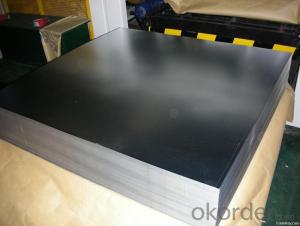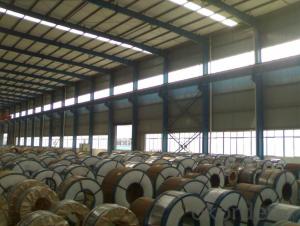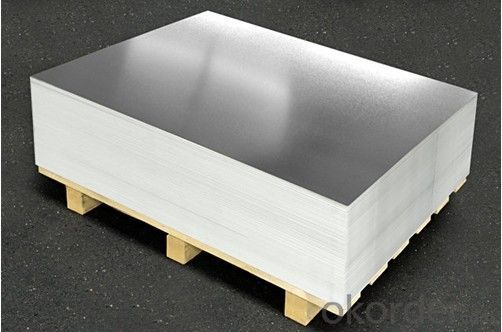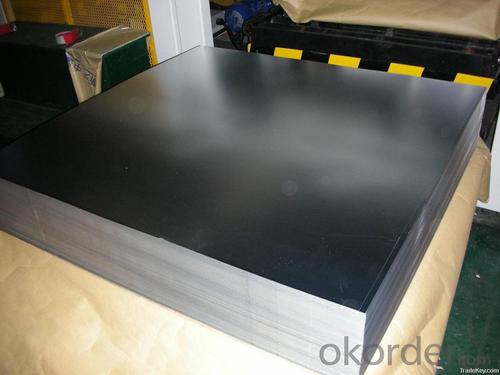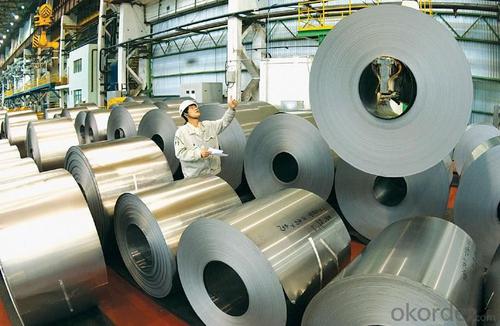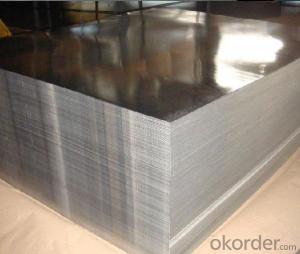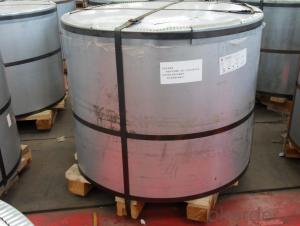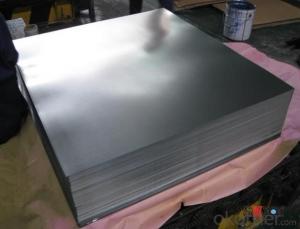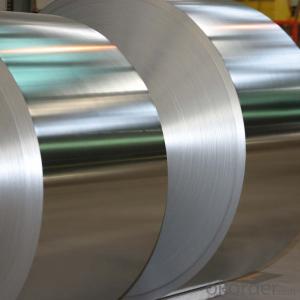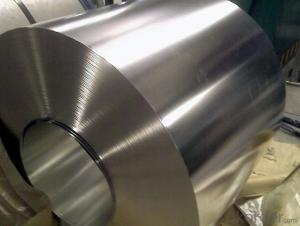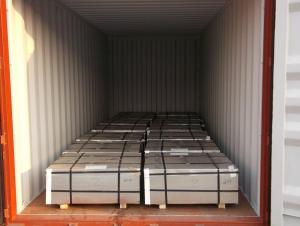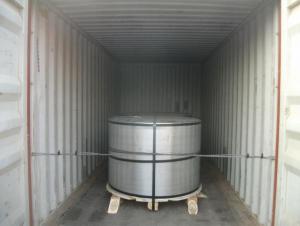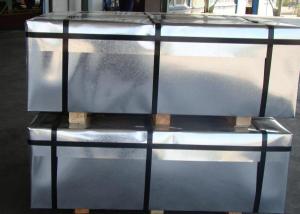Electrolytic Tinplate for Foods and Chemical Packaging
- Loading Port:
- Tianjin
- Payment Terms:
- TT OR LC
- Min Order Qty:
- 25 m.t
- Supply Capability:
- 7000 m.t/month
OKorder Service Pledge
OKorder Financial Service
You Might Also Like
1.Structure of Electrolytic Tinplate for Foods and Chemical Packaging Description
Electrolytic Tin Plate Coils and Sheets for Foods Metal Packaging, is one thin steel sheet with a coating of tin applied by electrolytic deposition. Tinplate made by this process is essentially a sandwich in which the central core is strip steel. This core is cleaned in a pickling solution and then fed through tanks containing electrolyte, where tin is deposited on both sides. As the strip passes between high-frequency electric induction coils, it is heated so that the tin coating melts and flows to form a lustrous coat.
2.Main Features of the Electrolytic Tinplate for Foods and Chemical Packaging
Appearance – Electrolytic Tin Plate is characterized by its beautiful metallic luster. Products with various kinds of surface roughness are produced by selecting the surface finish of the substrate steel sheet.
Paintability and printability – Electrolytic Tin Plates have excellent paintability and printability. Printing is beautifully finished using various lacquers and inks.
Formability and strength – Electrolytic Tin Plates have got very good formability and strength. By selecting a proper temper grade, appropriate formability is obtained for different applications as well as the required strength after forming.
Corrosion resistance – Tinplate has got good corrosion resistance. By selecting a proper coating weight, appropriate corrosion resistance is obtained against container contents. Coated items should meet 24 hour 5 % salt spray requirement.
Solderability and weldability – Electrolytic Tin Plates can be joined both by soldering or welding. These properties of tinplate are used for making various types of cans.
Hygienic – Tin coating provides good and non toxic barrier properties to protect food products from impurities, bacteria, moisture, light and odours.
Safe – Tinplate being low weight and high strength makes food cans easy to ship and transport.
Eco friendly – Tinplate offers 100 % recyclability.
Tin is not good for low temperature applications since it changes structure and loses adhesion when exposed to temperatures below – 40 deg C.
3.Electrolytic Tin Plate Coils and Sheets for Foods Metal Packaging Images
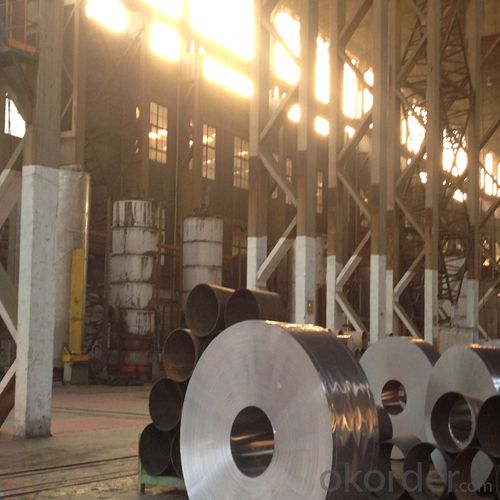
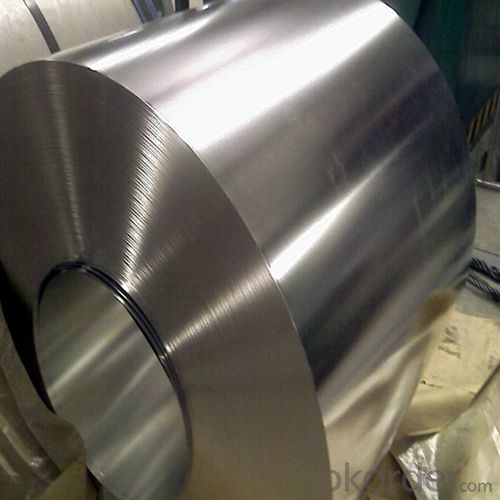
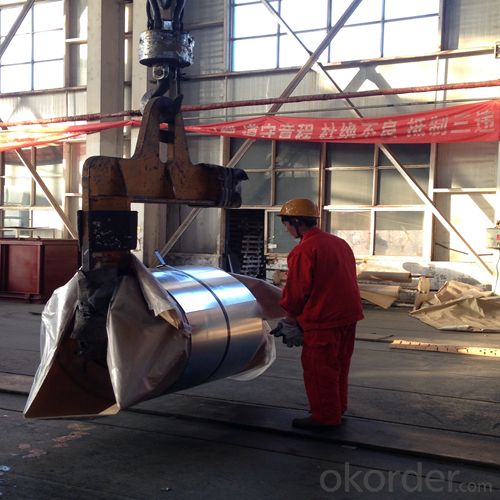
4.Electrolytic Tinplate for Foods and Chemical Packaging Specification
Standard | ISO 11949 -1995, GB/T2520-2000,JIS G3303,ASTM A623, BS EN 10202
|
Material | MR,SPCC |
Thickness | 0.15mm - 0.50mm |
Width | 600mm -1150mm |
Temper | T1-T5 |
Annealing | BA & CA |
Coil Inner Diameter | 508mm |
Weight | 6-10 tons/coil 1~1.7 tons/sheets bundle |
Passivation | 311 |
Oil | DOS |
Surface | Finish,bright,stone,matte,silver |
5.FAQ of Electrolytic Tinplate for Foods and Chemical Packaging
- How are the Electrolytic Tin Plates specified?
The Electrolytic Tin Plates are specified as per the steel base, extent of tempering, the coating weight, annealing method and the surface finish.
- How many types there are for base steels?
The base steels are of three types: Type MR, L, D
- Q: What are the advantages of using tinplate for jewelry?
- There are several advantages of using tinplate for jewelry. Firstly, tinplate is highly durable and resistant to corrosion, making it ideal for long-lasting jewelry pieces. Secondly, tinplate is lightweight, making it comfortable to wear for extended periods. Additionally, tinplate is easy to mold and shape into various intricate designs, allowing for unique and creative jewelry pieces. Lastly, tinplate is an affordable material, making it a cost-effective option for both manufacturers and consumers.
- Q: What industries commonly use tinplate?
- The industries that commonly use tinplate include food and beverage packaging, cosmetics, pharmaceuticals, automotive, and electronics.
- Q: What are the different printing techniques used on tinplate?
- There are several different printing techniques used on tinplate, including lithography, offset printing, screen printing, and digital printing. These methods allow for high-quality and vibrant designs to be applied to tinplate surfaces, making them suitable for various packaging and promotional materials.
- Q: What are the safety regulations for tinplate packaging?
- The safety regulations for tinplate packaging vary depending on the specific product being packaged. However, in general, tinplate packaging must meet standards set by regulatory bodies such as the Food and Drug Administration (FDA) or the European Food Safety Authority (EFSA). These regulations typically cover aspects such as the use of safe materials, proper labeling, and ensuring the packaging does not contaminate the product. Additionally, tinplate packaging must often undergo testing for factors such as durability, resistance to corrosion, and overall safety during handling and transportation.
- Q: Can tinplate packaging be used for electronic products?
- Yes, tinplate packaging can be used for electronic products. Tinplate offers excellent protection against moisture, corrosion, and physical damage, making it a suitable choice for packaging sensitive electronic components. Additionally, tinplate can be easily shaped and printed upon, allowing for customizable designs and branding opportunities.
- Q: How does tinplate ensure the freshness of pet food?
- Tinplate ensures the freshness of pet food by providing a durable and airtight packaging solution. The tin coating on the steel sheet prevents any reaction between the metal and the pet food, keeping it safe from contamination. The hermetically sealed tinplate cans also protect the food from exposure to oxygen, light, and moisture, which can lead to spoilage. This ensures that the pet food remains fresh and maintains its quality for a longer shelf life.
- Q: 0.25mm which melting point is low in tin plate and tin plate?
- Tin plated steel sheet and strip, also known as tinplate, the steel plate (belt) surface tin plated, has good corrosion resistance, non-toxic, can be used as packaging material cans, inside and outside the cable sheath, telecommunications instrument parts, flashlight and other hardware.
- Q: What are the main applications of tinplate in the pet care industry?
- Tinplate is commonly used in the pet care industry for packaging various products such as pet food, treats, and supplements. Its main applications include canning and sealing these products, ensuring their long shelf life and preserving their quality. Tinplate's ability to resist corrosion and provide a protective barrier against light, moisture, and oxygen makes it an ideal choice for pet care products that require durability and preservation. Additionally, tinplate's versatility allows for unique and appealing packaging designs, attracting pet owners and enhancing product branding.
- Q: What are the advantages of using tinplate for beverage cans?
- Tinplate offers several advantages for beverage cans, including its excellent resistance to corrosion, its ability to maintain the freshness and taste of the beverage, its high strength-to-weight ratio, its ease of recyclability, and its cost-effectiveness.
- Q: What are the safety regulations for using tinplate in food packaging?
- The safety regulations for using tinplate in food packaging vary depending on the region and country. However, generally, tinplate used in food packaging must meet strict standards set by regulatory bodies such as the Food and Drug Administration (FDA) in the United States or the European Food Safety Authority (EFSA) in Europe. These regulations typically cover factors such as the composition of the tinplate, its resistance to corrosion and leaching, and its suitability for contact with different types of food products. Manufacturers are required to comply with these regulations to ensure the safety of consumers and the integrity of the packaged food.
Send your message to us
Electrolytic Tinplate for Foods and Chemical Packaging
- Loading Port:
- Tianjin
- Payment Terms:
- TT OR LC
- Min Order Qty:
- 25 m.t
- Supply Capability:
- 7000 m.t/month
OKorder Service Pledge
OKorder Financial Service
Similar products
Hot products
Hot Searches
Related keywords

